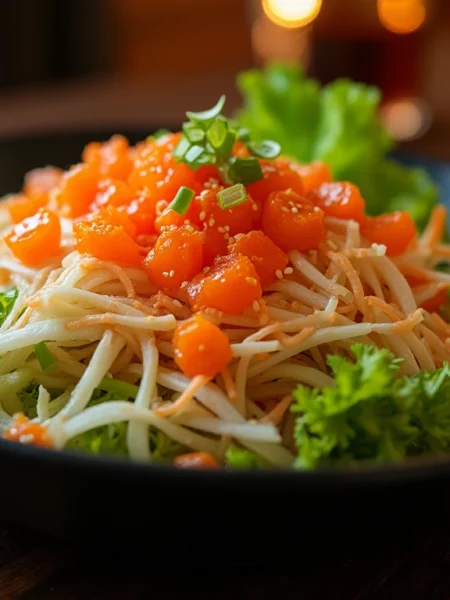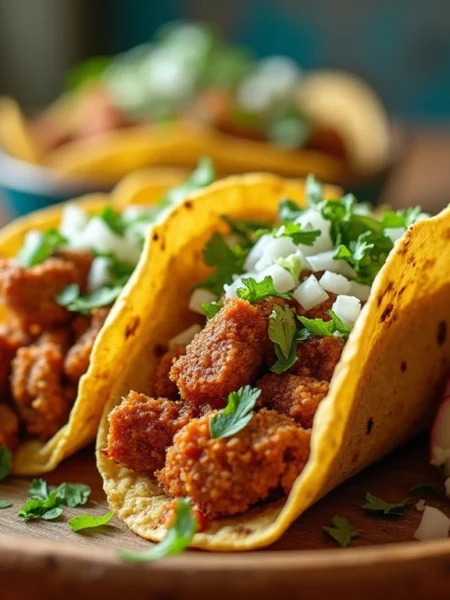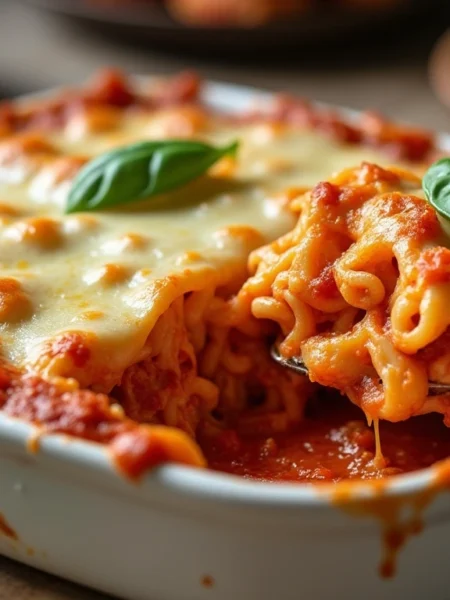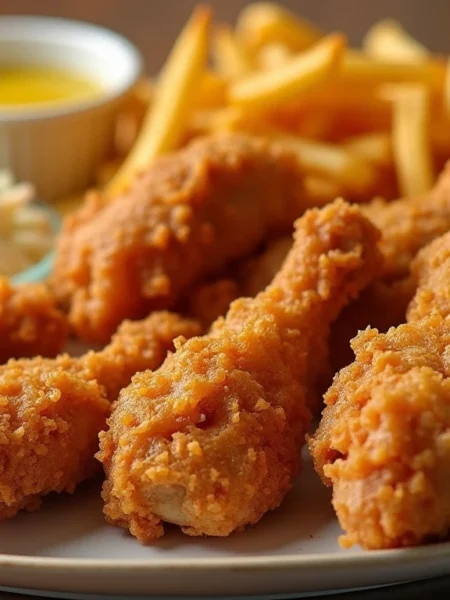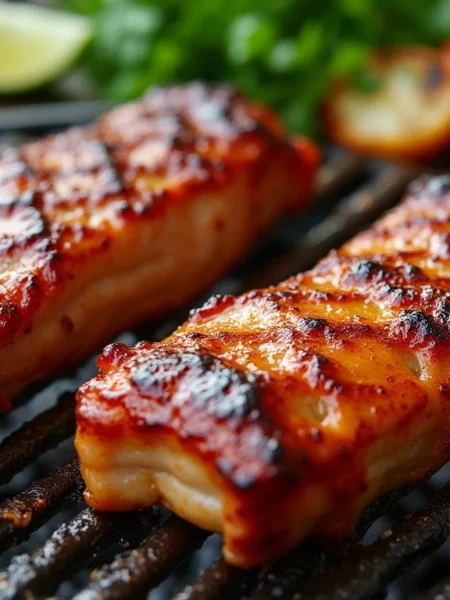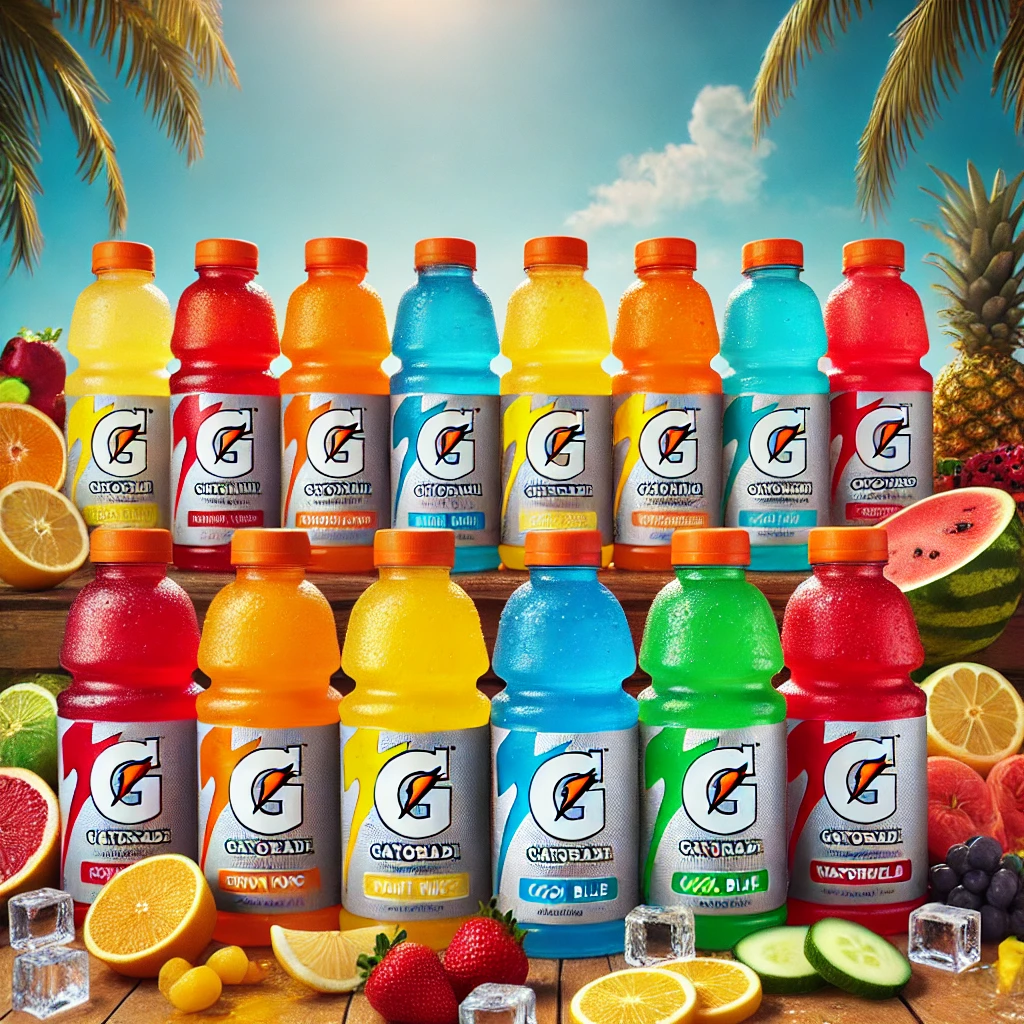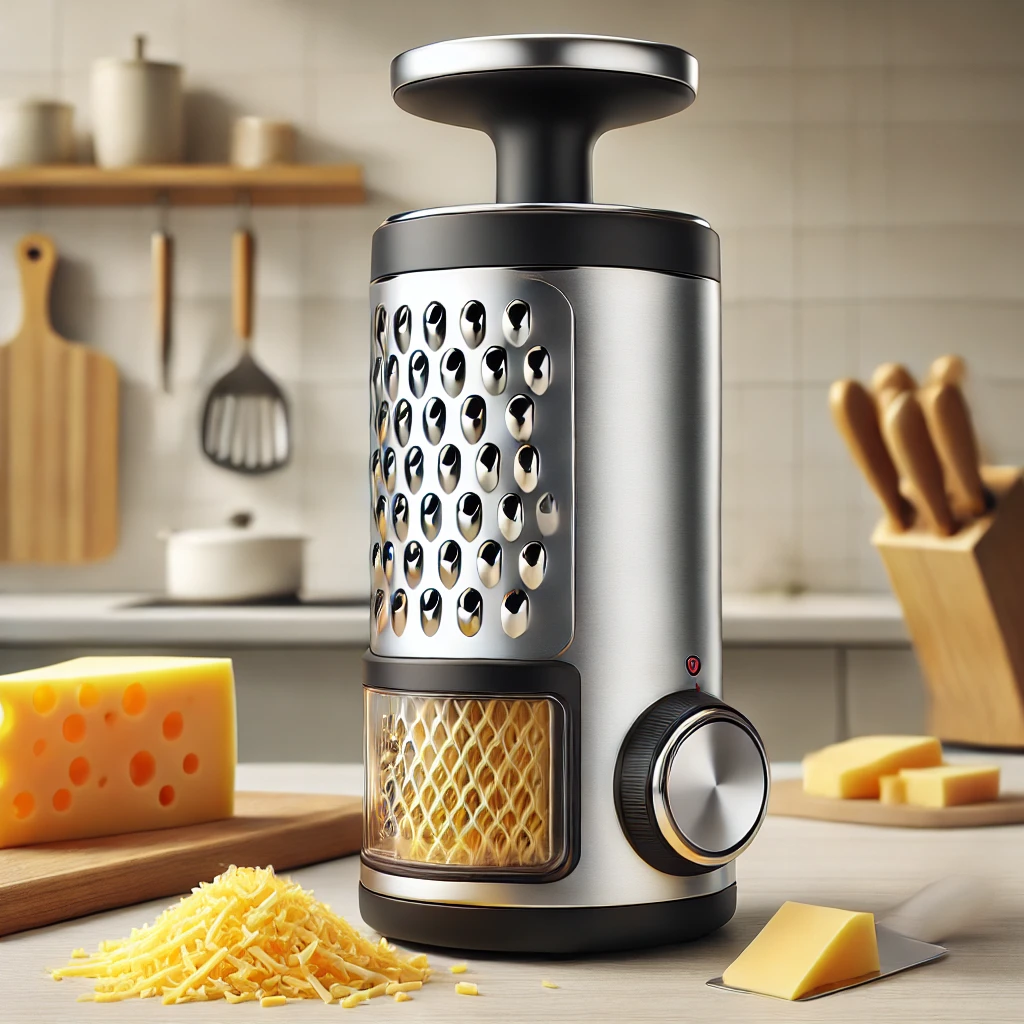 View Gallery 2 photos
View Gallery 2 photos 
Escolar: Why Foodies Are Raving About This Fish🐟
Description
Escolar: The Ultimate Indulgence for Your Taste Buds

What is Escolar?
Escolar, often referred to as "butterfish" due to its buttery texture, is a deep-sea fish found in tropical and temperate oceans worldwide. Scientifically named Lepidocybium flavobrunneum, it belongs to the Gempylidae family, also known as snake mackerels. Escolar is highly sought after for its rich, oily flesh, which has a unique, melt-in-your-mouth quality. The fish is dark brown or black when alive but turns a creamy white when cooked, making it visually appealing as well as delicious.
Escolar is commonly served in upscale restaurants and is often featured as sushi or sashimi in Japanese cuisine. Its taste is mild and buttery, with a texture that closely resembles high-quality tuna or black cod. However, there is a catch—literally and figuratively. Escolar contains a type of indigestible wax ester called gempylotoxin, which can lead to gastrointestinal issues for some people.
What is Escolar in Japanese?
In Japanese, escolar is commonly referred to as "Aburasokomutsu" (アブラソコムツ). The name directly translates to "oily bottom fish," aptly describing its high-fat content and habitat, as it is found in deep waters. Escolar is a popular ingredient in Japanese cuisine, especially in sushi and sashimi dishes. Its rich, creamy texture makes it an attractive alternative to toro (fatty tuna).
However, due to its potential health effects, some sushi chefs in Japan avoid serving it raw. Instead, they prepare it in smaller portions or mix it with other types of fish. The Japanese culinary tradition often involves a deep understanding of food safety, which is why diners may notice limited servings of Aburasokomutsu in comparison to other types of fish.
Where is Escolar Banned?
Escolar has faced bans or restrictions in several countries due to its high levels of gempylotoxin, the waxy substance that can cause digestive distress. Here’s a list of notable places where it’s banned or restricted:
- Japan: While not outright banned, strict guidelines are in place regarding the sale and serving of escolar. It is often avoided by reputable chefs due to its controversial effects.
- Italy: Escolar is banned in Italy due to its potential to cause unpleasant side effects, such as diarrhea and cramping.
- South Korea: The fish is not permitted for import or sale due to safety concerns.
- Australia: The Australian government has warned against selling escolar under misleading names like "butterfish" and imposes restrictions on its labeling.
- United States: Escolar is not banned in the U.S., but the Food and Drug Administration (FDA) advises against its sale under deceptive names like "white tuna."
These restrictions aim to protect consumers from the adverse effects of eating too much escolar, as gempylotoxin can lead to oily diarrhea in some individuals.
Is Escolar Safe to Eat?
Escolar is safe to eat in moderation, but consuming large amounts can lead to gastrointestinal distress. The culprit, gempylotoxin, is a naturally occurring wax ester that humans cannot digest. When consumed in excess, it may cause symptoms such as:
- Oily or loose stools (often referred to as “keriorrhea”)
- Abdominal cramps
- Diarrhea
The key to enjoying escolar without unpleasant side effects is portion control. Experts recommend limiting servings to 6 ounces (170 grams) or less per meal. Additionally, cooking methods can influence how the body reacts to the fish. Grilling or pan-searing escolar can help reduce its oil content, making it easier to digest.
Despite its reputation, escolar is still a favorite for many seafood lovers due to its exquisite taste and texture. When eaten in appropriate portions, it’s considered safe and incredibly enjoyable.
Is Black Cod the Same as Escolar?
No, black cod (commonly referred to as sablefish) is not the same as escolar. Although they share a similar rich and buttery texture, they are two entirely different species. Black cod belongs to the Anoplopomatidae family and is native to the Pacific Northwest, whereas escolar is part of the Gempylidae family and is found in tropical and temperate oceans worldwide.
Black cod is prized for its high omega-3 content and is often considered healthier than escolar because it lacks gempylotoxin. Additionally, black cod is more versatile in cooking and does not carry the same risks associated with excessive consumption.
Where Did Escolar Come From?
Escolar is native to deep-sea habitats in tropical and temperate waters. It is commonly found in the Atlantic, Pacific, and Indian Oceans, often at depths ranging from 200 to 1,000 meters. Its ability to thrive in these environments is due to its streamlined body and large, powerful fins, which make it an efficient predator.
Historically, escolar has been fished for centuries, but its popularity surged in recent decades as chefs began incorporating it into high-end dishes. Its buttery taste and versatility in preparation make it a standout in the culinary world, despite its controversial reputation.
Is Escolar the Same as White Tuna?
Escolar is often mislabeled as “white tuna” in restaurants and fish markets, but the two are not the same. True white tuna refers to albacore tuna (Thunnus alalunga), which is a completely different species. Escolar’s flesh is white and buttery, which leads to the common mislabeling, but the two fish have distinct characteristics:
- White Tuna: Higher in protein, lower in fat, and free from gempylotoxin.
- Escolar: High in fat and contains gempylotoxin, which can cause digestive issues if consumed in excess.
Consumers should always verify labels and ask questions when dining out, as mislabeling can lead to confusion and potential health risks.
What is the Size of the School?
Escolar is not a schooling fish, meaning it does not swim in large groups like sardines or mackerel. Instead, it tends to be a solitary predator, occasionally found in pairs or small groups. These fish are relatively large, typically reaching lengths of 4 to 6 feet (1.2 to 1.8 meters) and weighing up to 100 pounds (45 kilograms).
Their solitary nature and deep-sea habitat make them challenging to catch, which adds to their allure in the culinary world. Fishermen often rely on specialized equipment and techniques to locate and harvest escolar from the depths.
Conclusion
Escolar, known for its luxurious texture and buttery flavor, is a fascinating and controversial fish. While it’s a delicacy in many cuisines, its consumption requires caution due to the potential side effects of its high-fat content. Understanding its characteristics, differences from other fish, and the risks associated with overeating can help seafood enthusiasts make informed choices.
If you’re planning to enjoy escolar, remember the golden rule: moderation is key. Whether you’re enjoying it as sushi or a grilled filet, this deep-sea fish can be an indulgent treat when consumed responsibly.
FAQs
1. Can I eat escolar raw?
Yes, but it’s best to consume it in small portions due to its high oil content, which may cause digestive issues.
2. Why is escolar called “butterfish”?
Escolar is nicknamed “butterfish” for its rich, buttery texture, but it’s not the same as true butterfish.
3. How do I prepare escolar safely?
Grill, pan-sear, or bake it to reduce the oil content, and limit portion sizes to under 6 ounces per serving.
4. Why is escolar banned in some countries?
It is banned in certain countries due to gempylotoxin, a wax ester that can cause gastrointestinal discomfort when consumed in large amounts.
5. How can I tell if I’m eating escolar or white tuna?
Ask the restaurant or fish supplier for clarification, as escolar is sometimes mislabeled as white tuna.
Please don’t forget to leave a review.
Related

Note
Handpicked Recipes


